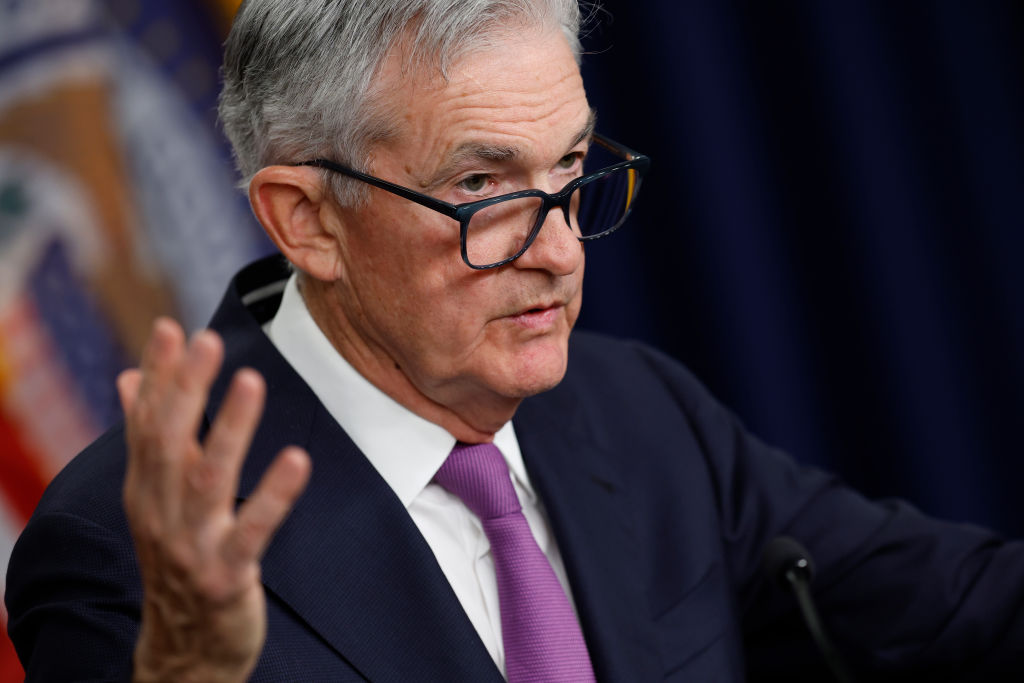The Federal Reserve is set to announce its final interest rate move for 2023 this afternoon. But Wall Street and Washington will be far more preoccupied with what’s in store for 2024.
Economists overwhelmingly expect the Federal Open Market Committee to announce an unchanged rate today. The federal funds rate has sat between 5.25% and 5.5% since July.
That means Fed Chair Jay Powell’s press conference this afternoon will largely revolve around expectations for the first two quarters of 2024. Investors are counting on rate cuts in that period.
If history is any guide, Powell will make an effort today to chill those expectations and label them “premature.”
And it’s not just Wall Street itching for a reprieve. Lawmakers in both parties told us this week they’re getting a bit nervous about the longer-term economic effects of elevated rates.
Rep. Ann Wagner (R-Mo.), who chairs the House Financial Services Subcommittee on Capital Markets, said she’s been alarmed by recent reports of weakening investor appetite for U.S. Treasuries.
Lawmakers have “some things to get worked out with the Fed,” Wagner said. “If they’re not getting to whatever they think is their sweet spot — they’ve gotta realize they’re affecting credit going forward, and people’s ability to get capital and invest, by keeping these interest rates high at this point in time.”
Rep. Zach Nunn (R-Iowa) told us that credit is already “very, very expensive. So baseline, American families are already feeling the pinch. If it goes any higher, we’re now talking about a real roller coaster ride into a substantial downturn for most of working-class, middle-class America.”
Until recently, this was a concern we mostly heard from progressives. “I always think they could lower the rates,” Rep. Juan Vargas (D-Calif.) said. “I’m afraid they’ve been keeping them too high. They should have already taken the brake off.”
But there are still some pockets of heat in the economy that could, in theory, fuel inflation’s comeback tour. The U.S. labor market is the big one, with unemployment continuing to hover below 4%.
“Right now, it looks like labor returns, employment numbers are strong,” Sen. Mike Rounds (R-S.D.) said. “I suspect [the Fed] may very well consider holding for a longer period of time at where they are right now. I don’t think they necessarily go up.”
Wild card watch: We wanted to flag one unusual factor heading into today’s presser — the Freedom of Information Act.
Researchers tracking the Fed have unearthed a handful of fascinating historical documents in recent weeks laying out how the U.S. central bank responds to crises, including a possible breach of the debt limit.
Powell could definitely be asked about these documents and how they inform the Fed’s approach today. His answers could change how lawmakers approach future debt-limit fights… but we’re not holding our breath.





